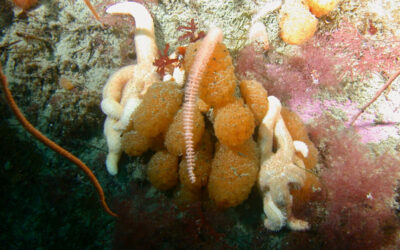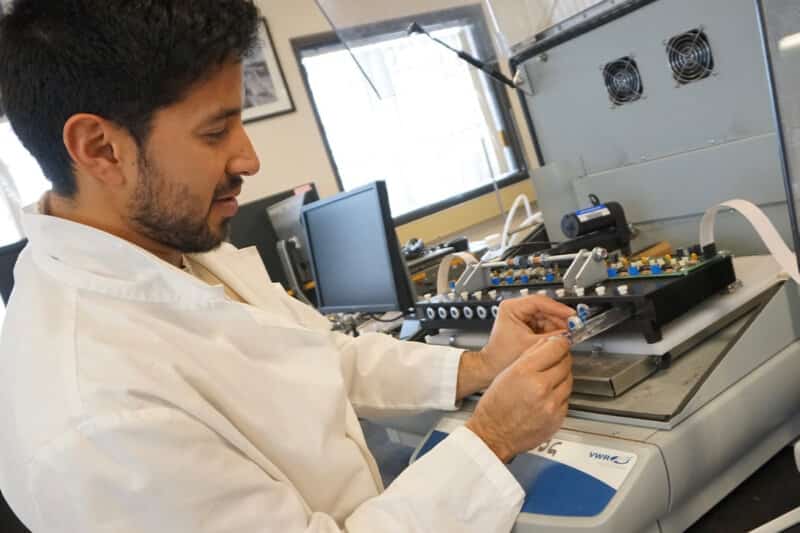Most Americans report experiencing at least one childhood trauma and these experiences have significant impacts on our health as adults.
Childhood trauma and genetics linked to increased obesity risk
New research from the Healthy Nevada Project® found that participants with specific genetic traits and who experience childhood traumas are more likely to suffer from adult obesity.
Within an Antarctic Sea Squirt, Scientists Discover a Bacterial Species With Promising Anti-Melanoma Properties
New research has traced the production of palmerolide A, a key compound with anti-melanoma properties, to a suite of genes coded in the genome by a member of a sea squirt’s microbiome.
Study provides new insight into how microbes process nitrogen
Reno, Nev. (Feb. 19, 2019): Microbes play a key role in Earth’s nitrogen cycle, helping to transform nitrogen gas from the atmosphere back and forth into organic forms of nitrogen that can be used by plants and animals. New research from the Desert Research Institute...


